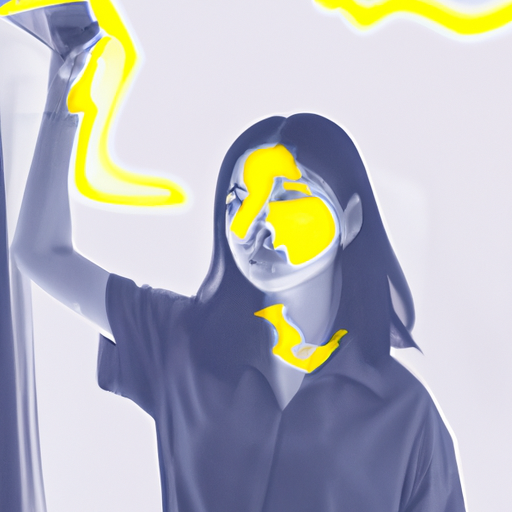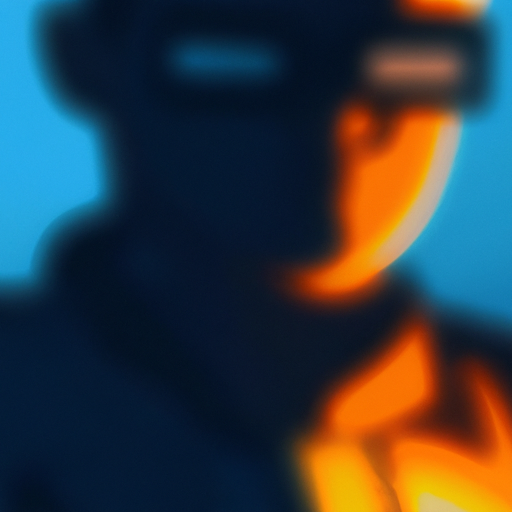
-
Table of Contents
Mastering the Gradient Tool: Subtle to Bold Effects

When it comes to graphic design, the gradient tool is a powerful and versatile feature that can elevate your designs from ordinary to extraordinary. With its ability to create smooth transitions between colors, the gradient tool allows designers to add depth, dimension, and visual interest to their work. In this article, we will explore the various techniques and effects that can be achieved with the gradient tool, from subtle and understated to bold and eye-catching.
The Basics of the Gradient Tool
Before diving into the different effects that can be achieved with the gradient tool, it’s important to understand the basics of how it works. In most graphic design software, the gradient tool allows you to define a starting and ending color, as well as the direction and shape of the gradient. You can choose from linear gradients, radial gradients, and even custom gradients that follow a specific path.
Once you have defined the parameters of your gradient, you can apply it to various elements in your design, such as backgrounds, text, shapes, and more. The gradient tool gives you the flexibility to create subtle gradients that add a touch of elegance to your design, or bold gradients that make a statement.
Creating Subtle Gradients
Subtle gradients are often used to add a sense of depth and texture to a design without overpowering the overall composition. They can be particularly effective in creating a soft and inviting atmosphere. Here are some techniques for creating subtle gradients:
- Monochromatic Gradients: By using different shades of the same color, you can create a subtle gradient that adds depth and dimension to your design. This technique works well for backgrounds and can be especially effective when combined with textures or patterns.
- Transparency Gradients: By adjusting the opacity of the gradient, you can create a subtle transition between colors. This technique is often used to create a soft glow or a sense of transparency in design elements.
- Gradient Masks: By applying a gradient mask to an image or shape, you can create a subtle fade effect that blends the edges seamlessly into the background. This technique is commonly used in web design to create smooth transitions between different sections of a webpage.
Creating Bold Gradients
If you’re looking to make a statement with your design, bold gradients can be a powerful tool. Bold gradients are often characterized by high contrast and vibrant colors, and they can create a sense of energy and excitement. Here are some techniques for creating bold gradients:
- Complementary Colors: By using colors that are opposite each other on the color wheel, you can create a bold and eye-catching gradient. This technique works particularly well for text and call-to-action buttons, as it draws attention to important elements in your design.
- Multiple Colors: Instead of using just two colors in your gradient, consider using multiple colors to create a more dynamic effect. This technique can be particularly effective for backgrounds or illustrations, as it adds visual interest and complexity.
- Gradient Overlays: By applying a gradient overlay to an image or texture, you can create a bold and dramatic effect. This technique is often used in photography and advertising to create attention-grabbing visuals.
Case Studies: The Power of Gradients
To further illustrate the impact of gradients in design, let’s take a look at some real-world case studies:
Case Study 1: Apple’s iOS Icons
Apple’s iOS icons are a perfect example of how gradients can be used to create depth and realism in design. The icons feature subtle gradients that give them a three-dimensional appearance, making them visually appealing and easy to recognize. The gradients add a sense of depth and make the icons feel more tactile, enhancing the overall user experience.
Case Study 2: Spotify’s Branding
Spotify’s branding is known for its bold and vibrant gradients. The company uses a range of bold colors in their logo and marketing materials, creating a sense of energy and excitement. The gradients add a modern and dynamic feel to the brand, reflecting the company’s focus on music and creativity.
Conclusion
The gradient tool is a powerful feature that can take your designs to the next level. Whether you’re aiming for a subtle and elegant look or a bold and eye-catching design, the gradient tool offers endless possibilities. By mastering the techniques and effects discussed in this article, you can create visually stunning designs that captivate your audience. So go ahead, experiment with the gradient tool, and unleash your creativity!
